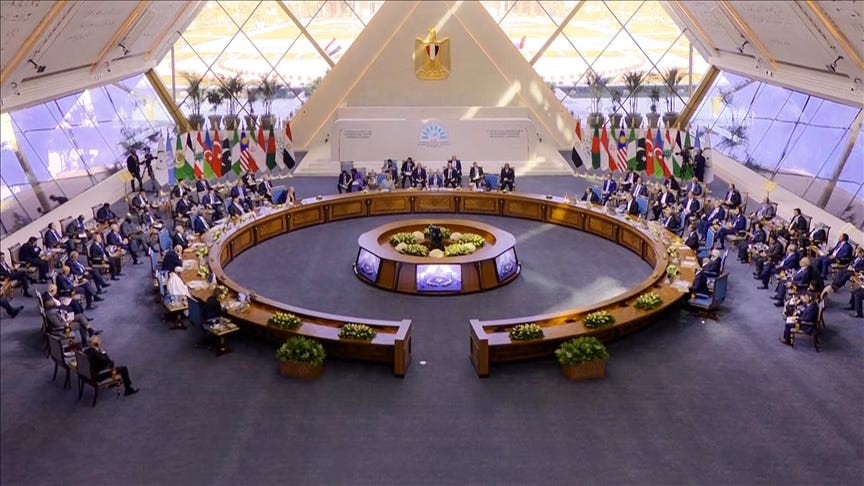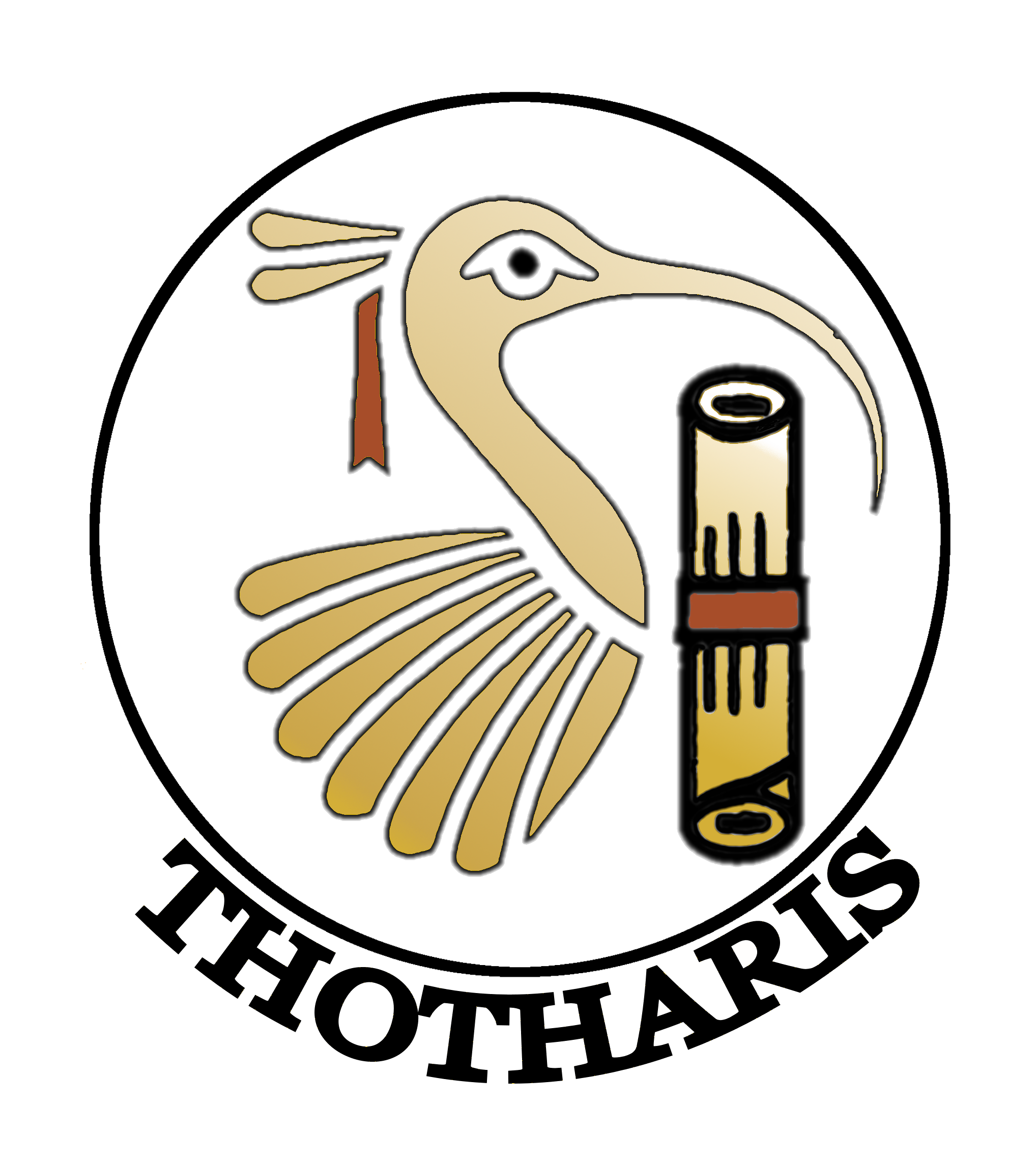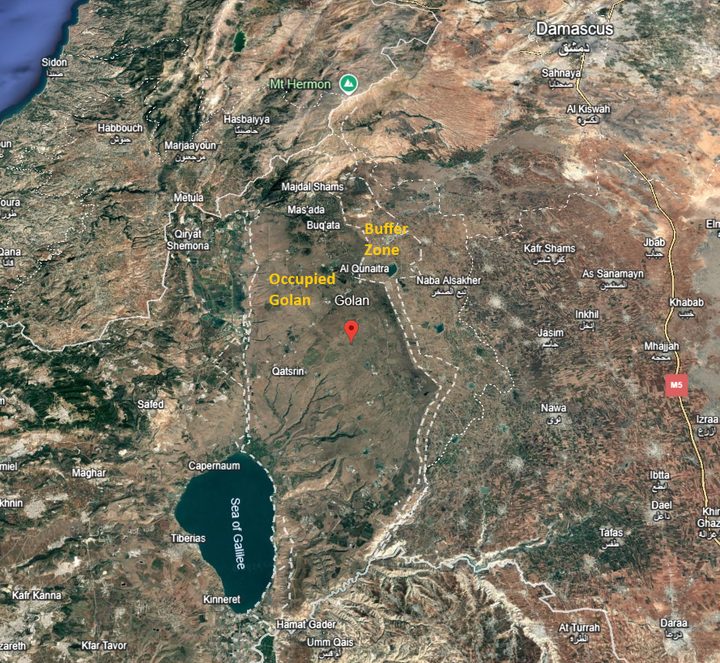Beyond Economics: Egypt’s Political Play at the D8 Summit
Share

Egypt hosted the 11th D-8 Organization for Economic Cooperation Summit in Cairo. The D8, established in Istanbul in 1997, focuses on economic cooperation between Muslim majority developing countries, and this summit was held under the theme of “Investing in Youth and Supporting SMEs,” a topic of particular focus for the member states’ developing economies with youthful populations.
The summit itself would have been a fairly routine event, a regular summit of the bloc to discuss regular economic agendas. However, in global diplomacy, things are seldom as they appear, and this summit was no exception; it transcended its economic agenda, becoming a platform for geopolitical maneuvering.
The Egyptian chairmanship of the summit invited two special guests, the Lebanese Prime Minister and the Palestinian President, and held a special session during the summit on the situations in both countries and the situation in the Middle East. While the summit officially focused on economic collaboration between its members, Egypt used the opportunity to send a broader political message to regional and global actors.
A Neutral Platform for Strategic Engagement
As host, Egypt transformed the summit into a strategic platform to address critical regional dynamics. The attendance of Iranian President Pezeshkian and Turkish President Erdogan was particularly noteworthy, as it marked their first visits to Egypt in 11 and 12 years, respectively. It signaled that the three regional powers had a common stake in mapping a way forward for the region, and that each of the actors understood the potentials inherent in coordinating with the other two.
By extending the invitation to both presidents under the umbrella of the summit, Egypt’s President AlSisy circumvented the need to extend bilateral invitations to his Turkish and Iranian counterparts, seizing an important opportunity for them to engage on regional developments without any of the actors having to change their political positions. The summit provided a diplomatic umbrella that allowed these leaders to meet in a neutral context, while being able to coordinate and engage on the future of the region.
Egypt, Iran and Türkiye encompass the Middle East from the west, east and north respectively. They collectively command access to critical waterways—the Suez Canal, the Arabian Gulf, and the Bosporus Strait—and access to the Red and Mediterranean seas, all of which are lifelines for global trade, connecting key markets across continents. They have the largest populations in the region, some of the strongest militaries, and tie in with a spectrum of global powers.

The presence of all three sheds a light on their inclination to explore options for roles and relations beyond those that global superpowers would like for them. Egypt, in hosting these two presidents and purposely allocating a special session to the situation in Palestine and Lebanon, indicated to stakeholders and observers alike that it can mediate discussions relevant to the stability of the region and bring key players to the table. With the collective West’s adversarial position toward Iran, Egypt highlighted its role as a potential intermediary in any potential engagement.
Iran on the other hand capitalized on the opportunity to remind international stakeholders -chief among them the U.S. – that its receding role in Syria is not the death knell of its ability to engage with key regional actors. With its participation in the Arab Summit in November in Riyadh (albeit at the level of Vice President), and its Presidential appearance in Cairo, Iran has indicated that it is willing to engage with Arab states on the region’s future despite existing differences, and they have reciprocated. This summit was an opportunity to demonstrate its continued relevance in the region despite setbacks in Syria.
As each of them balances its engagement with global superpowers, their communication in this model and format highlights that they have made a deliberate decision to chart their own regional courses, reforming long standing political bitterness and reframing their regional dynamics to shift away from pure competition to potential cooperation.
Positioning Egypt as the Region’s Mediator

In an interesting juxtaposition, the actors with most and least to gain from the developments in Syria were both present, with Türkiye standing as the principal beneficiary (if not the driver) of the ouster of Syria’s former president Assad, and Iran as the primary loser. Türkiye, benefiting from the power vacuum in Syria, now seeks to consolidate its influence, while Iran grapples with the loss of its key ally. In Cairo, Egypt’s AlSisy brought the two competing regional players together, positioning himself as a key interlocutor in the process.
The outcomes of the public facing meetings delivered nothing out of the ordinary, with the statements delivered therein conveying the same lines of condemnation of Israeli aggression and concerns about developments in the region that you may have heard elsewhere, and the Joint Communique on Lebanon and Palestine expressing similar positions.
What matters more however is that the presidents each had an opportunity to hold direct, private discussions between the leaders, fostering candid dialogue on shared and competing interest. In hosting Iran’s president during this summit soon after the fall of Iran’s primary Arab ally in the region, Bashar Al Assad, and engaging directly with him, the Egyptian president leveraged Egypt as a counterweight and key communicator with Iran, as well as a potential mediator in managing Tehran’s reactions to Syria’s changing political landscape and other regional developments.
He also afforded Pezeshkian and Erdogan an important platform to engage in dialogue and possibly address their mutual concerns and competing spheres of interest in Syria and the region. As a number of global and regional actors vie for primacy in charting the future of the Middle East, three of its most important players appear to be eking out a course of their own.
By opting to hold the special session on Palestine and Lebanon, Egyptian organizers were fully aware that there would be no outstanding revelations or declarations that would immediately result in changes on the ground. However, by having Türkiye and Iran at the table discussing the issues, and jointly supporting a communique, Egypt helped opened the door for future cooperation.
Navigating the Intersection of Interests
The 11th D-8 Summit was far more than an economic gathering. For Egypt, it was a stage to project its geopolitical importance and diplomatic clout. By bringing together the presidents of Iran and Türkiye, Cairo sent a clear message: it remains a pivotal actor in shaping the Middle East’s future, and an actor to whom key regional players pay close attention.
The three powers could stand to reap a set of very interesting benefits if they decide to capitalize on this opportunity. As regional heavyweights, their collective political influence could set the tone of engagement across the board of regional issues.
Having already shown a willingness to engage, exemplified by the presence of all three heads of state in one setting, this gathering provided a platform for exploring new avenues of dialogue that could reshape regional dynamics. The geopolitical realities in the Middle East dictate that cooperation between regional powers may be the key to determining a future where their interests are not sidelined by those of global superpowers. They could find that instead of focusing purely on competing interests, cooperation could open up a plethora of potential opportunities.
Brought together by various multilateral forums such as the D8, the OIC, and soon BRICS once Türkiye’s membership is approved, the three now have ample opportunities to realign their policies and engage under the umbrellas of these multilateral settings, and eventually even more directly as their engagement increases. These forums offer shared spaces to align overlapping interests while managing divergences, creating multiple possibilities for meaningful engagement.
Whether they decide to elevate their cooperative potential or maintain their mutually competitive approaches, the potential for this trio of regional behemoths to make a difference remains strong.


